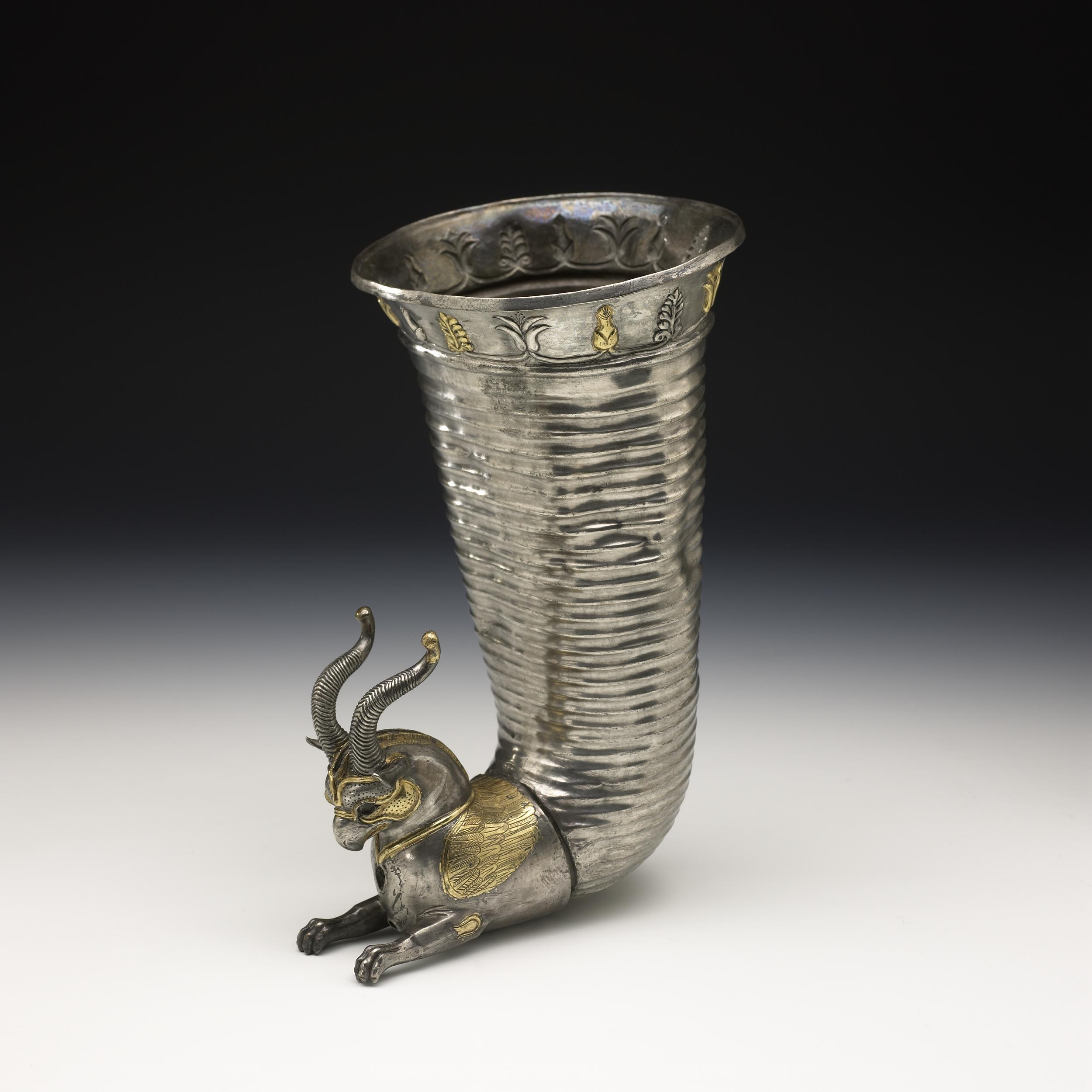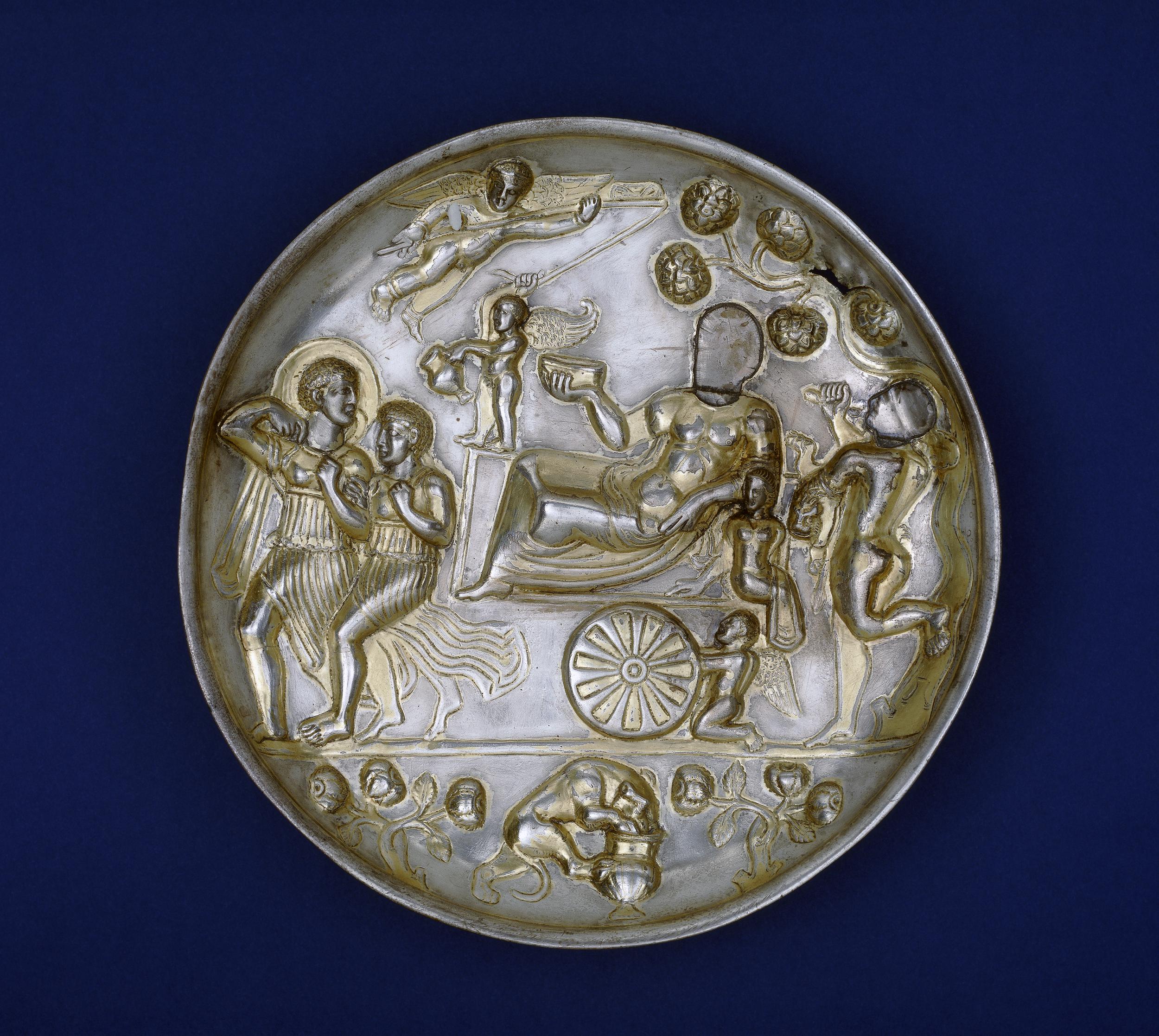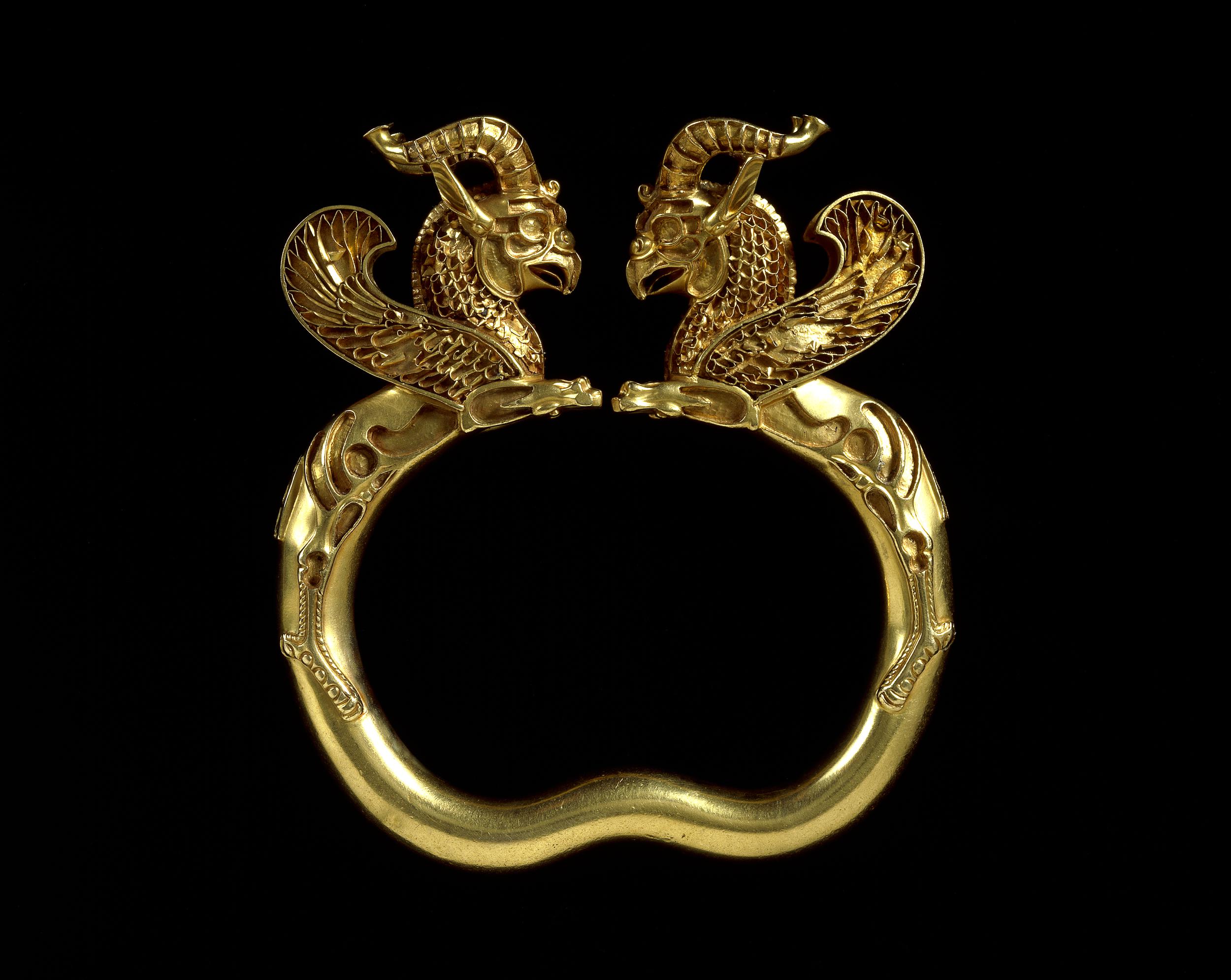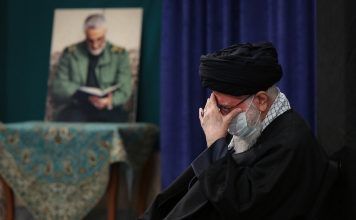By Firouzeh Nabavi
The British Museum has announced the opening of a major exhibition in May titled “Luxury and Power: Persia to Greece,” examining the complex relationship between luxury and power in ancient Iran, in Athens, and during the reign of Alexander the Great.
The exhibition spans the period from 550 BC to 30 BC – a period during which the Persian empire clashed with the cities and kingdoms of Greece before being conquered by Alexander. More specifically, it shows how the Greek soldiers who defeated Persia suddenly discovered dazzling levels of luxury and magnificence which Greek historians subsequently described as symptomatic of Persian decadence and excess.
[aesop_image img=”https://kayhanlife.com/wp-content/uploads/2022/12/Sphinx-Drinking-Cup-©-The-Trustees-of-the-British-Museum.jpg” panorama=”off” credit=”Sphinx Drinking Cup©-The Trustees of the British-Museum. ” align=”center” lightbox=”on” captionsrc=”custom” captionposition=”left” revealfx=”off” overlay_revealfx=”off”]
“This exhibition is a chance to explore beyond these biased accounts and understand how Persians wielded luxury as a political tool across a vast and complex empire,” said Dr. Jamie Fraser, curator of Ancient Levant and Anatolia at the British Museum.
Drawing on exquisite objects from Afghanistan to Greece, “Luxury and power: Persia to Greece” will explore how the royal Achaemenid court of Persia used objects of fabulous luxury as indicators of authority, and developed a distinctive style which, while dismissed as decadent by early democratic Athens, was actually widely adopted throughout the empire in rich and fascinating ways.
It also explores how, after conquering the Persian empire, Alexander the Great ushered in a new Hellenistic age in which eastern and western styles of luxury were fused in an increasingly interconnected world.
Exceptional loans to the exhibition will include the Panagyurishte Treasure from Bulgaria, consisting of nine richly decorated gold vessels: eight rhyta used to pour wine and one bowl to drink it. These outstanding examples of ancient metalworking, accidentally discovered by three brothers in 1949, illustrate the influence of Persian and Greek luxury across the Balkans.
The show will also feature exquisitely crafted artefacts of gold, silver and glass from the British Museum’s own collections including: a gilt silver rhyton shaped as a griffin originally used as a wine-pourer which reflects the opulence of the Persian court; and an Athenian pottery rhyton in the form of a lion’s head (used as a drinking vessel) emulating and incorporating styles of precious-metal luxury from the Persian court.
“Whether coveted as objects of prestige or disparaged as signs of decadence,” the beauty of these Persian, Greek and Hellenistic luxuries shaped the political landscape of Europe and Asia in the first millennium BC – and influenced “our attitudes to luxury today,” said the British Museum on its website.
“Luxury and power: Persia to Greece” is supported by the American Friends of the British Museum and will run from May 4 until August 13, 2023.
















